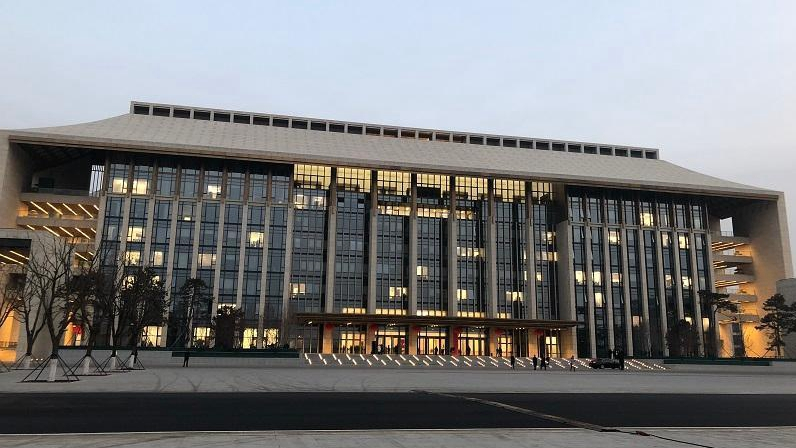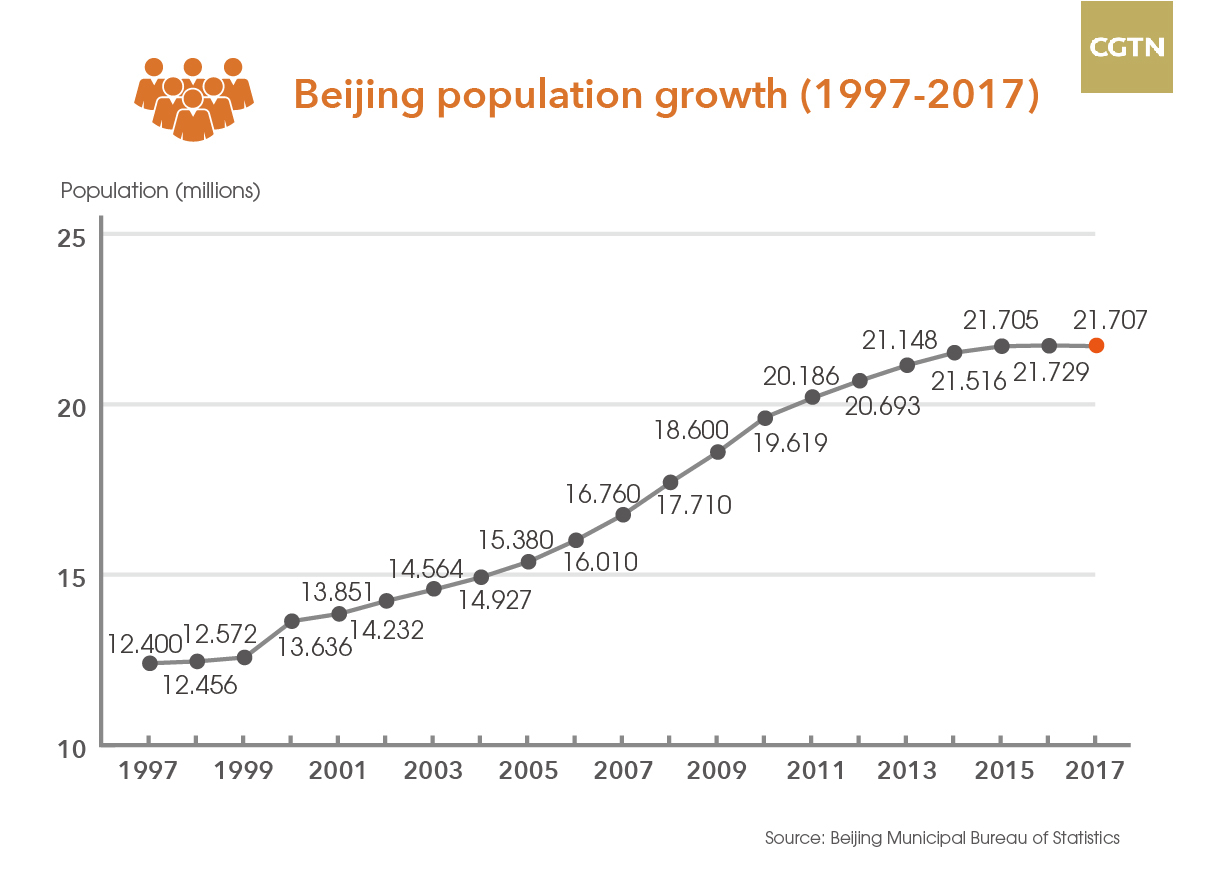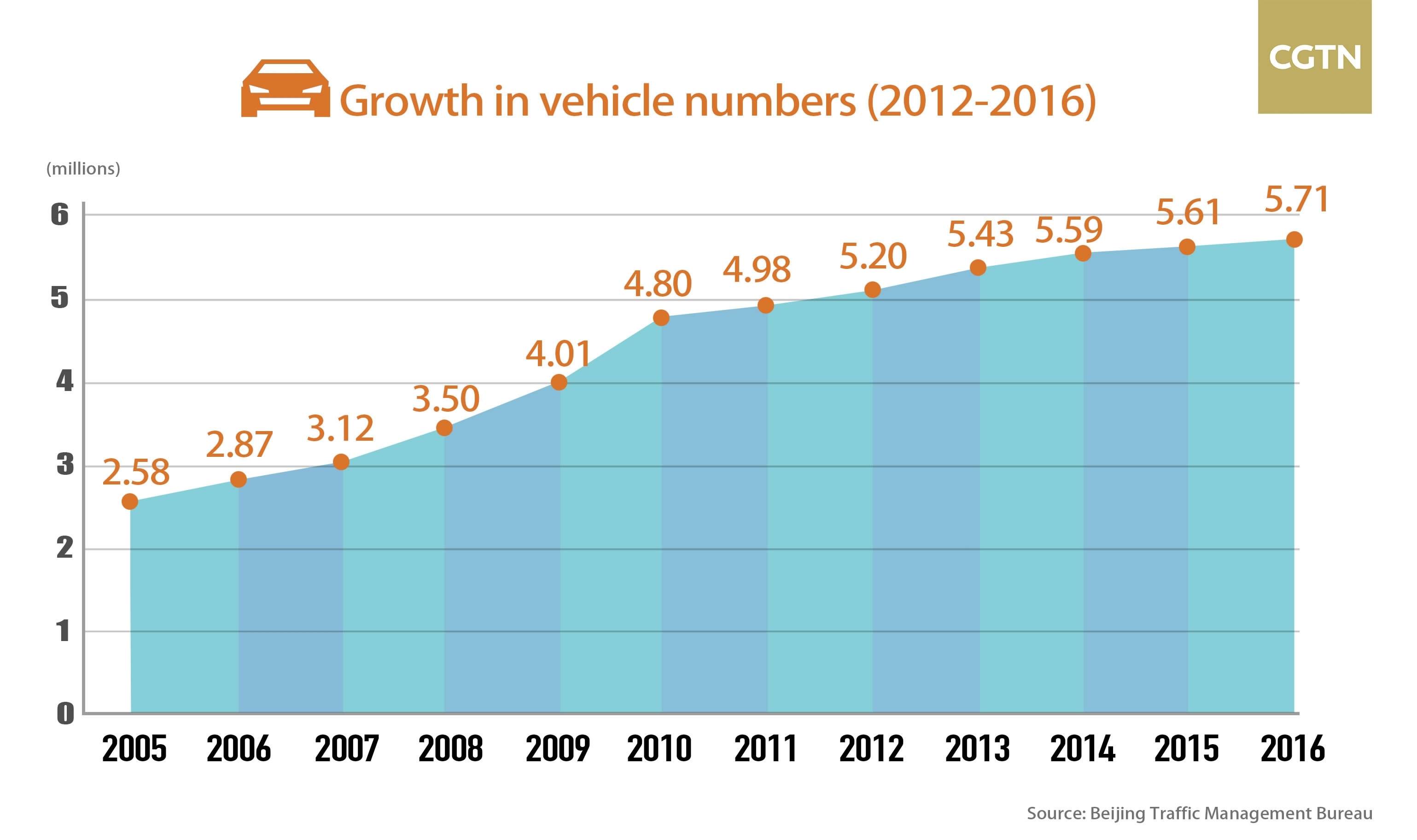
Politics
09:05, 11-Jan-2019
Beijing moves municipal administration center to suburb Tongzhou
Updated
08:57, 14-Jan-2019
CGTN

China's capital city of Beijing on Friday moved some key municipal organs to the city's suburb Tongzhou, as the latest move to cure urban illness such as population growth, traffic congestion and resource shortages.
These organs include the Beijing Municipal Committee of the Communist Party of China, the Standing Committee of the Beijing Municipal People's Congress, Beijing Municipal People's Government, and the Beijing Municipal Committee of the Chinese People's Political Consultative Conference.
Authorities in Beijing have been making efforts to tackle the so-called "Big City Syndrome" – ease traffic congestion, resource shortages and house price inflation.


Beijing's population has risen by two thirds since 1998, while energy consumption has more than doubled and the number of vehicles tripled. It said in 2016 it would take action to cap its population at 23 million by the end of the decade.
Tongzhou, which sits in the east of the capital, has taken 35 municipal government departments since the end of 2017. As the government departments relocate, up to 500,000 people are estimated to move and live there.
By 2035, the subsidiary center will be home to 1.3 million permanent residents, the government says, adding that it aims to build it to be "an urban area without urban ills", which means eco-friendly public transport system, strong control on air, water and soil quality and safety and build a smart urban management system.
In 2017, the number of permanent residents saw the first fall in two decades and reached 21.707 million, 22,000 fewer than the previous year, according to Beijing Municipal Bureau of Statistics.
Meanwhile, the city has been working on integrating its economy with the neighboring province of Hebei and the municipal city of Tianjin. It has also set up a new development zone at Xiong'an in Hebei to take on some of Beijing's “non-capital” functions.
27km
This is news text.

SITEMAP
Copyright © 2018 CGTN. Beijing ICP prepared NO.16065310-3
Copyright © 2018 CGTN. Beijing ICP prepared NO.16065310-3